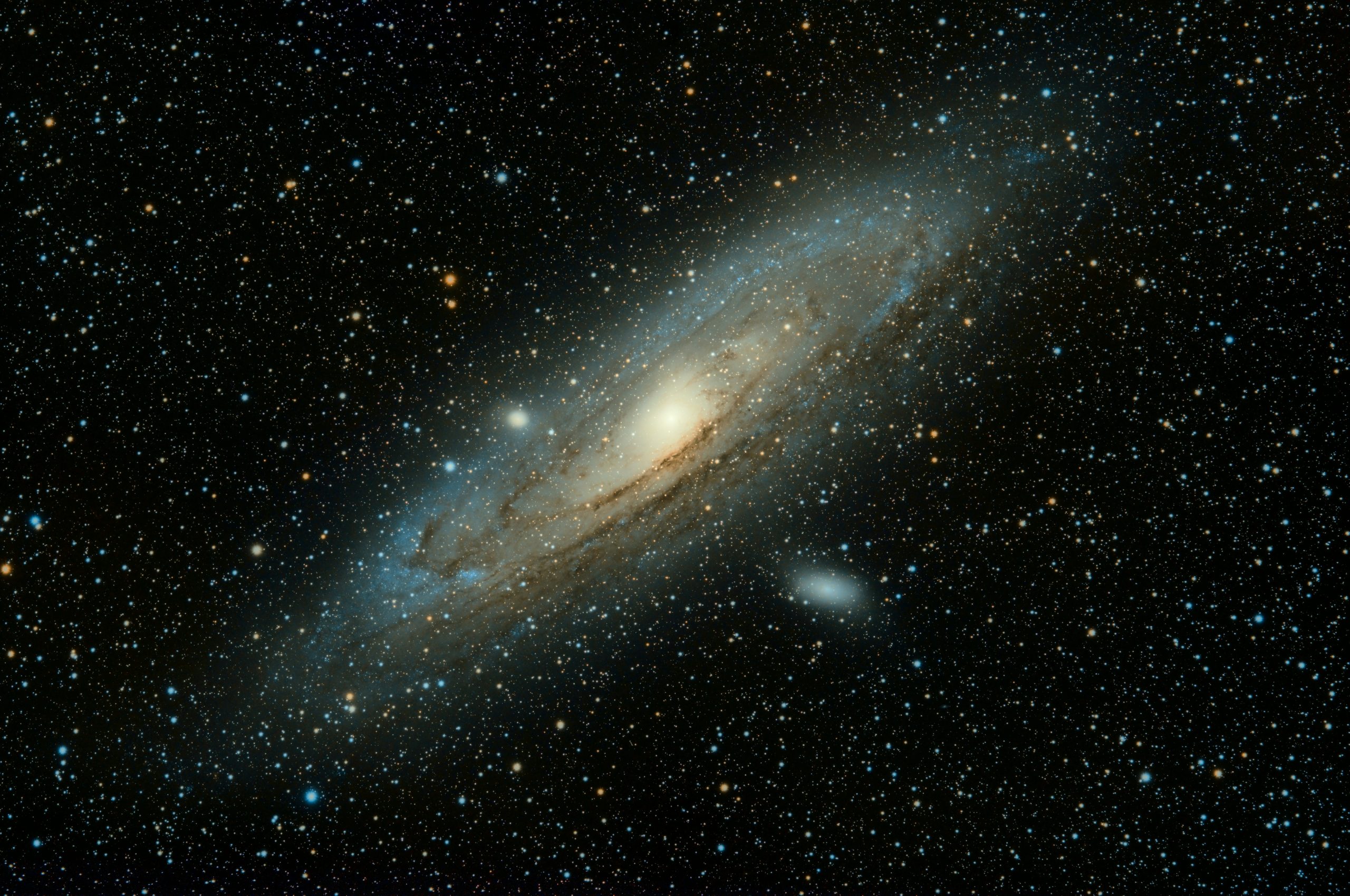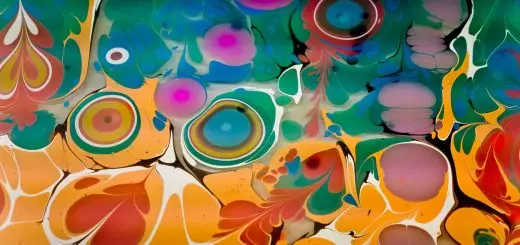The Enigmatic Beauty of Wildflowers and Fields

Looking for more amazing products? Check out our online store and explore our collection here! Happy shopping!
Before diving in, please note: This post is for informational purposes only. If you’d like to know more about how we approach topics, feel free to check out our friendly Disclaimer Page.
Hey there, amazing readers! 
We’re committed to delivering quality posts, and your support (even just sticking around despite the ads) means everything to us. So, bear with us, and thanks for helping us keep the good vibes rolling. Now, on to the fun stuff!
TRANSLATE BUTTON AT THE END OF THE ARTICLE
A Quick Overview
Wildflowers and fields hold a special allure, captivating our senses with their natural beauty and vibrant colors.
These enchanting blooms not only brighten our landscapes but also play a crucial role in supporting biodiversity and ecosystems.
From the delicate petals of a daisy to the fiery hues of a poppy, wildflowers offer a glimpse into the intricate tapestry of nature.
In this article, we will delve into the enigmatic beauty of wildflowers and fields, exploring their diversity, importance, conservation efforts, identification methods, benefits, and more.
Exploring the World of Wildflowers
Wildflowers encompass a vast array of flowering plants that grow in the wild, without human intervention.
These plants can be found in meadows, forests, grasslands, and along roadsides, adding a touch of natural splendor to their surroundings.
Each wildflower species has its unique characteristics, from the shape of its petals to the scent it emits.
Exploring the world of wildflowers allows us to appreciate the intricacies of nature and the resilience of these plants in adapting to diverse environments.
The Diversity of Field Flowers
Field flowers, also known as meadow flowers, thrive in open spaces such as fields, prairies, and grasslands.
The diversity of field flowers is staggering, with thousands of species found across the globe.
From the iconic sunflower to the delicate lavender, each field flower contributes to the vibrant tapestry of colors and shapes in meadows.
Some field flowers are annuals, blooming for just one season, while others are perennials, returning year after year to grace the landscape with their beauty.
Importance of Wildflower Fields
Wildflower fields are not just pretty to look at; they serve a vital purpose in the ecosystem.
These fields provide food and habitat for bees, butterflies, birds, and other pollinators, helping to sustain biodiversity.
Wildflower fields also support soil health by preventing erosion and promoting nutrient cycling.
Additionally, these fields contribute to the overall health of the environment by sequestering carbon and mitigating climate change.
Preserving wildflower fields is essential for maintaining healthy ecosystems and supporting wildlife populations.
The Intricate Beauty of Wildflowers
The beauty of wildflowers lies in their simplicity and elegance.
Each bloom is a masterpiece of nature, intricately designed to attract pollinators and ensure the plant’s reproduction.
From the symmetrical petals of a lily to the intricate patterns of a daisy, wildflowers exhibit a stunning array of shapes, colors, and fragrances.
The delicate beauty of these blooms reminds us of the wonder and magic of the natural world, encouraging us to slow down and appreciate the small miracles that surround us.
Factors Affecting Field Flower Growth
Several factors influence the growth and abundance of field flowers.
Soil quality, sunlight exposure, water availability, and climate conditions all play a role in determining which species thrive in a particular area.
Human activities such as agriculture, development, and pollution can also impact field flower populations, leading to habitat loss and fragmentation.
Understanding these factors is crucial for conserving field flowers and promoting their continued growth in the face of environmental challenges.
Wildflower Conservation Efforts
Conserving wildflowers and their habitats is a priority for environmental organizations and conservationists worldwide.
Efforts to protect wildflower fields include land preservation, restoration projects, and public awareness campaigns.
By raising awareness about the importance of wildflowers, we can inspire communities to take action to safeguard these precious ecosystems.
Conservation efforts aim to preserve biodiversity, protect pollinators, and enhance the natural beauty of wildflower fields for future generations to enjoy.
How to Identify Wildflowers
Identifying wildflowers can be a rewarding and educational experience for nature enthusiasts.
Understand the Powerful Law of Karma and Its Impact – Explore Here!
Field guides, online resources, and smartphone apps can help you learn to recognize different wildflower species based on their characteristics such as leaf shape, flower color, and growth habit.
Paying attention to details like the number of petals, arrangement of leaves, and overall plant structure can aid in accurate identification.
Taking photographs and documenting your observations can further enhance your knowledge of wildflowers and deepen your appreciation for their diversity.
Benefits of Wildflower Fields
Wildflower fields offer a host of benefits beyond their aesthetic appeal.
These fields attract pollinators such as bees and butterflies, supporting agriculture and food production through natural pollination services.
Wildflower fields also provide habitats for wildlife, including birds, insects, and small mammals, enhancing biodiversity in the surrounding area.
Additionally, the presence of wildflowers can improve soil health, water quality, and air purity, contributing to overall environmental sustainability.
By preserving wildflower fields, we can reap a multitude of benefits for both nature and society.
The Role of Wildflowers in Ecosystems
Wildflowers play a crucial role in ecosystem functioning, serving as food sources for pollinators and other wildlife.
By attracting bees, butterflies, and birds, wildflowers facilitate the pollination of plants and the dispersal of seeds, contributing to the reproduction and survival of numerous species.
Wildflowers also help maintain soil fertility, prevent erosion, and regulate water flow in ecosystems.
Their presence enhances the resilience of ecosystems to environmental disturbances and supports the overall health and stability of natural habitats.
Popular Wildflower Species
Some of the most popular wildflower species include:
California Poppy (Eschscholzia californica) – Known for its vibrant orange flowers.
Bluebonnet (Lupinus texensis) – Texas state flower, with clusters of blue blooms.
Black-Eyed Susan (Rudbeckia hirta) – Yellow flowers with dark centers, attracting pollinators.
Indian Paintbrush (Castilleja coccinea) – Bright red blooms resembling paintbrushes.
Lupine (Lupinus perennis) – Tall spikes of purple, pink, or blue flowers.
These wildflowers are celebrated for their beauty, cultural significance, and ecological importance, making them beloved symbols of the natural world.
Fields of Color: Stunning Wildflower Displays
Wildflower fields are nature’s canvas, painting landscapes with splashes of color and texture.
From vast meadows of golden sunflowers to hillsides carpeted with purple lupines, wildflower displays are a sight to behold.
The seasonal blooming of wildflowers creates ever-changing tapestries of beauty, drawing visitors from near and far to witness the spectacle.
Photographers, artists, and nature lovers flock to these fields to capture the essence of wildflower beauty and immerse themselves in the tranquility of nature’s artistry.
Capturing the Essence of Wildflower Fields
To truly capture the essence of wildflower fields, one must engage all the senses and embrace the moment.
Take a leisurely stroll through a meadow, feeling the soft petals of flowers brush against your skin and inhaling their sweet fragrance.
Listen to the buzzing of bees, the rustling of grasses, and the chirping of birds as they go about their daily activities in the field.
Bring a camera or sketchbook to document the intricate details of wildflowers and the breathtaking vistas they create.
By immersing yourself in the beauty of wildflower fields, you can cultivate a deeper connection to nature and appreciate the wonders that abound in the natural world.
Conclusion
Wildflowers and fields hold a special place in the hearts of nature lovers, artists, and conservationists alike.
Their enigmatic beauty, diverse array of species, and vital role in ecosystems make them invaluable treasures worth protecting.
By understanding the importance of wildflowers, supporting conservation efforts, and immersing ourselves in the splendor of wildflower fields, we can forge a deeper appreciation for the wonders of the natural world.
Let us savor the beauty of wildflowers and fields, cherishing their beauty and biodiversity for generations to come.

The Enlightenment Journey is a remarkable collection of writings authored by a distinguished group of experts in the fields of spirituality, new age, and esoteric knowledge.
This anthology features a diverse assembly of well-experienced authors who bring their profound insights and credible perspectives to the forefront.
Each contributor possesses a wealth of knowledge and wisdom, making them authorities in their respective domains.
Together, they offer readers a transformative journey into the realms of spiritual growth, self-discovery, and esoteric enlightenment.
The Enlightenment Journey is a testament to the collective expertise of these luminaries, providing readers with a rich tapestry of ideas and information to illuminate their spiritual path.
Our Diverse Expertise
Release the Weight of Karma and Embrace Freedom – begin here.
While our primary focus is on spirituality and esotericism, we are equally passionate about exploring a wide range of other topics and niches 

To ensure we provide the most accurate and valuable insights, we collaborate with trusted experts in their respective domains 
Our blog originally focused on spirituality and metaphysics, but we’ve since expanded to cover a wide range of niches. Don’t worry—we continue to publish a lot of articles on spirituality! Frequently visit our blog to explore our diverse content and stay tuned for more insightful reads.
Hey there, amazing reader! 
Check out our store here and take a peek at some of our featured products below! Thanks for being awesome!












